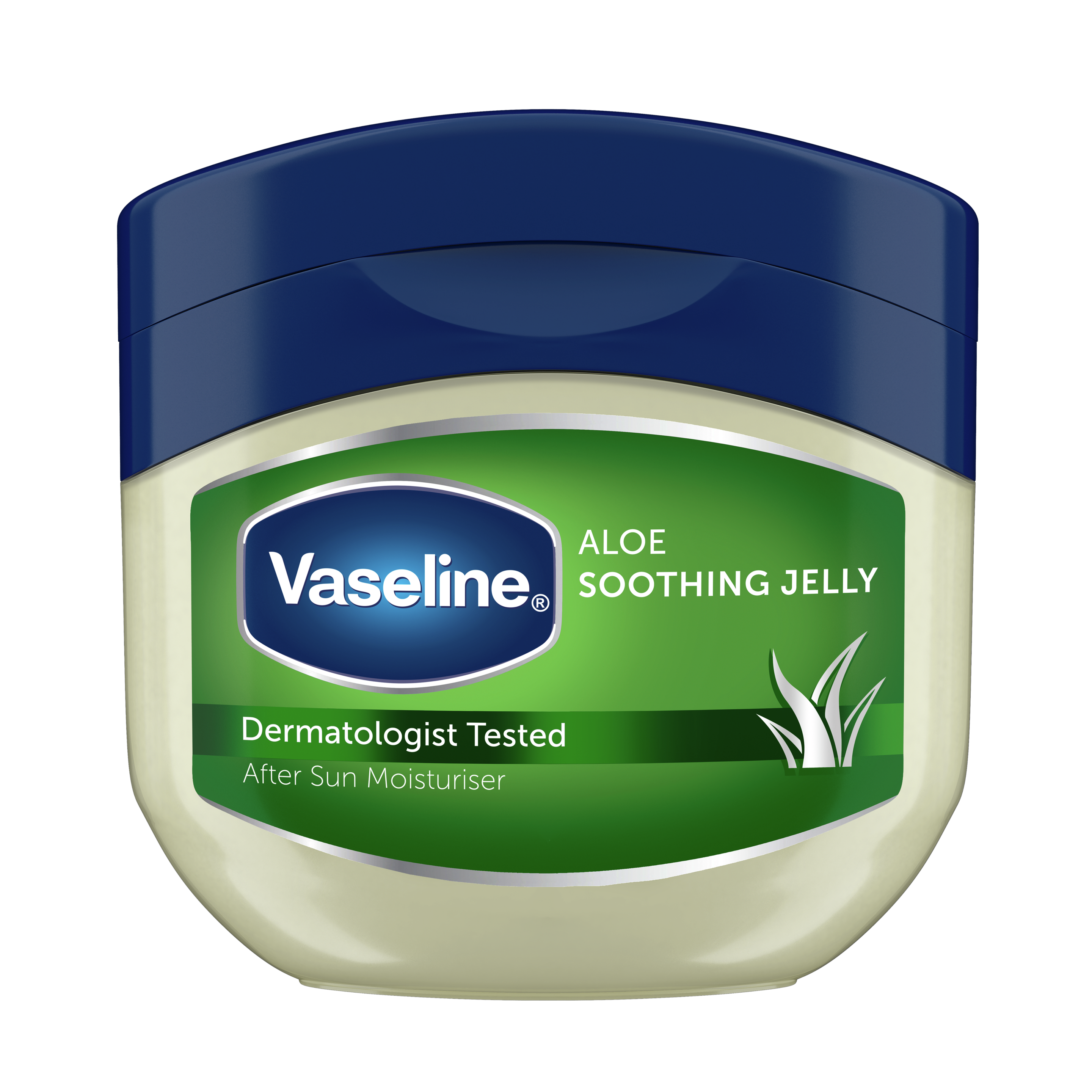Skip to content
How to Prevent and Heal Inner Thigh Chafing
INNER THIGH CHAFING CAN BE UNCOMFORTABLE, BUT DON'T WORRY – HERE YOU CAN FIND OUT HOW TO PREVENT CHAFING AND HOW TO SOOTHE & PROTECT CHAFED SKIN.
When the skin on the inner thighs rubs together, it can create an uncomfortable patch of raw-feeling skin. It’s a feeling many runners and athletes know all too well. If not treated correctly, chafed skin can become quite sore and irritated, which is why it’s important to practice proper after care and take measures to help prevent chafing thighs in the future.
Anyone can experience chafing, but some people are more prone to developing sore, red patches of skin. If you’re an avid runner or athlete, if you’re overweight, or if you frequently wear dresses or skirts in very hot, humid weather, you may notice that you experience the symptoms of chafing quite regularly. If you want to know how to help prevent chafing thighs and what to do if you do suffer with chafed skin, here’s some useful tips that may help.
Ideas on How to Prevent Thigh Chafing and Care for Chafed Skin
- How to Prevent Inner Thigh Chafing
Keep It Dry – Sweating when it’s very hot, or when exercising can make chafing worse. One useful trick is to keep a small tub of baby powder in your bag so you can sprinkle some on to absorb excess moisture when you’re out.
Lubricate Your Skin – A bit of lubrication will help your thighs glide past each other, rather than pulling or rubbing the skin. Apply Vaseline® Jelly to the insides of the thighs before exercising or walking to effectively help protect against chafing.
Reduce Friction – One of the best ways to help prevent thigh chafing is also one of the simplest: wear appropriate clothing. When you’re teaming a skirt or dress with bare legs, it’s easy for your thighs to rub together, so consider wearing a pair of cycling shorts underneath to reduce friction. When exercising, wear clothing made with moisture-wicking fabrics such as synthetic fibers and clothing that has smooth seams – this will help to reduce rubbing and keep your skin as dry as possible. - Wash and Dry Carefully
If you do experience chafing, proper after care is necessary. When your skin is chafed, you might find that some soaps can irritate the skin further. Try to use mild and gentle soaps that are free from fragrances and harsh chemicals, as they are less likely to cause irritation. After washing, make sure you dry your skin carefully, but take care with your towel. Don’t be too rough, as this could make any soreness worse. Instead, use the towel to pat yourself dry, and apply baby powder to soak up any excess moisture in chafed areas. - Soothe Chafing Inner Thighs
We understand that chafing can be painful and so it’s important to try and relieve as much discomfort as possible. Try aloe vera gel which contains fatty acids like lupeol that are believed to have pain relieving properties. For generations people have applied pure aloe vera gel, straight from the leaves of an aloe plant, to chafed areas to help to soothe and calm red, irritated skin and take the edge off any discomfort. - Protect Your Skin
Protect Your Skin Help your dry skin to heal by sealing in moisture with a strong, protective barrier. Applying a layer of Vaseline® Jelly will keep essential moisture in the skin. It also can act as a lubricant to reduce friction when you walk or run.
Ultimately, it is probably a good idea to give your chafed skin time to heal. Applying good after care, and allowing the area to heal before participating in activities that could cause further friction may be the best approach. You should always seek advice from your doctor if you have concerns about your skin. Just remember, prevention may be the best technique for dealing with chafing on inner thighs – tackle the problem right away, before it can even happen.
Expert Advice
The advice in this article does not constitute medical advice, it is solely available for information purposes.
FEATURED PRODUCTS
- slide 1
- slide 2
- slide 3















